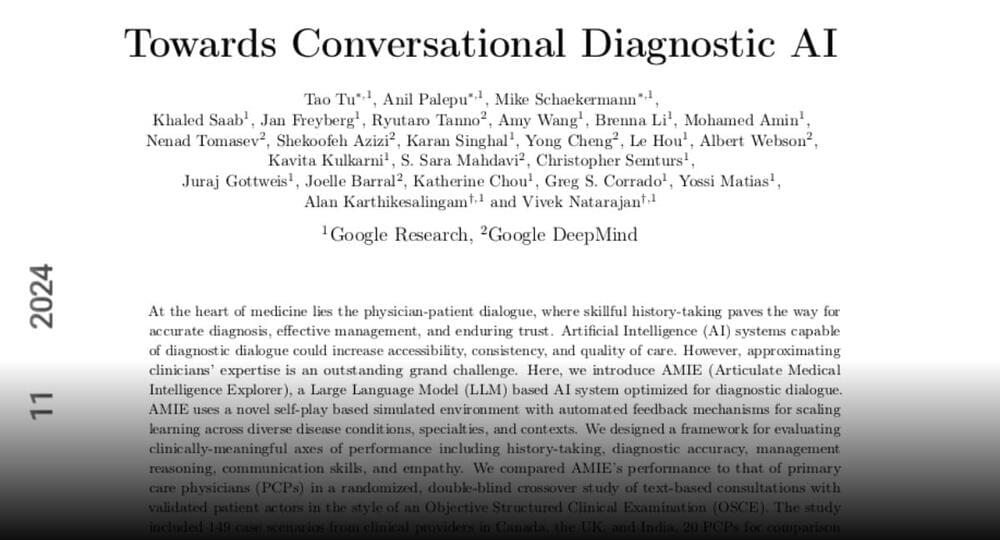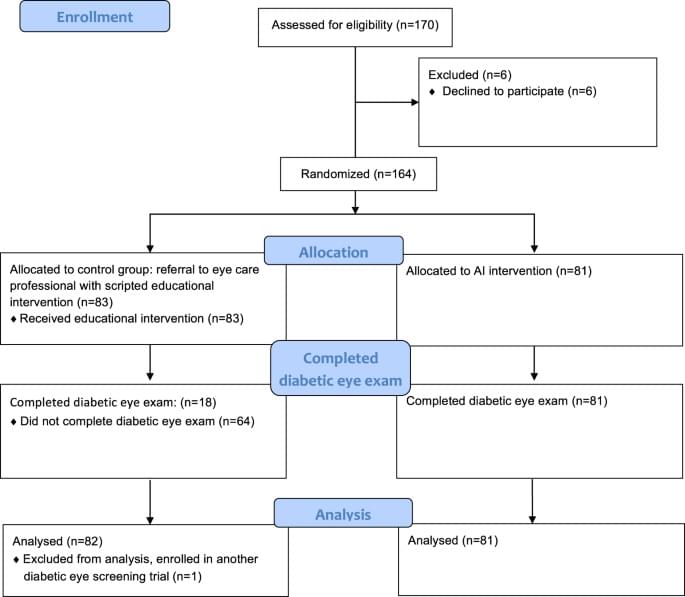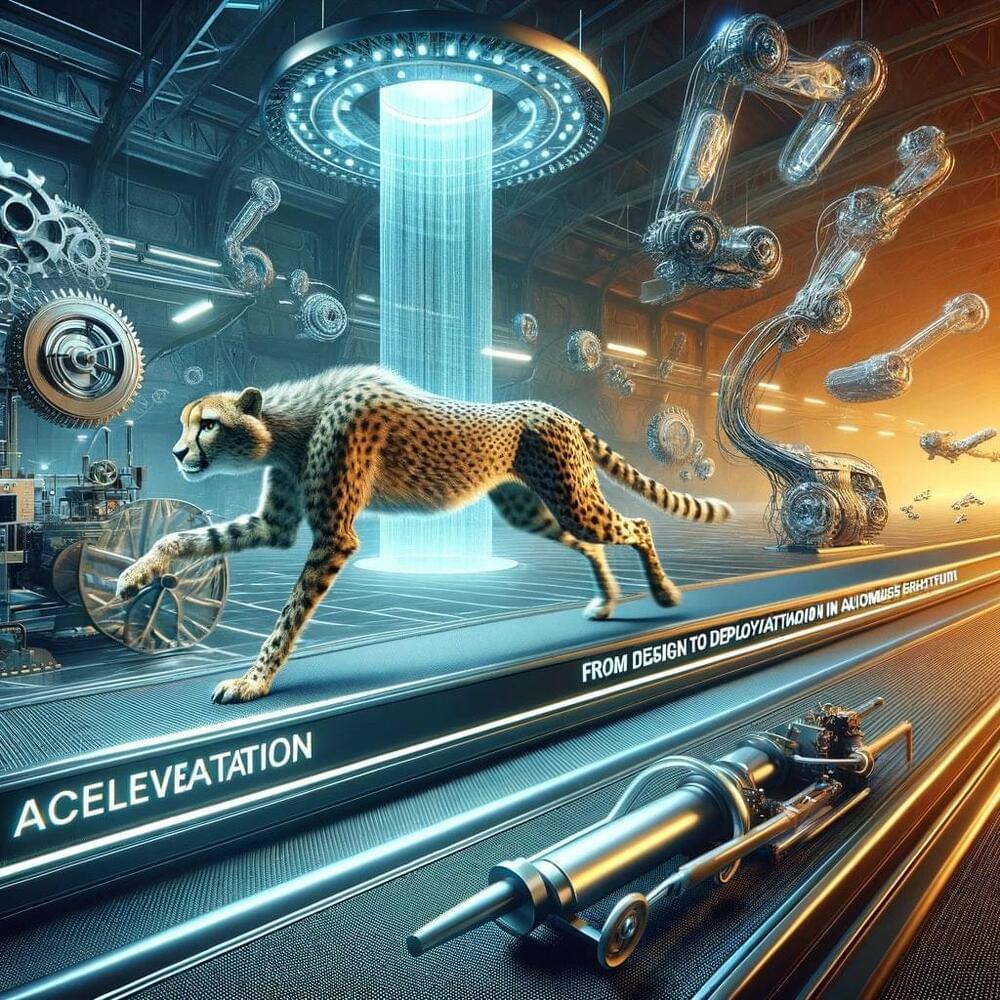From Facebook founder to “girl dad” to cattle rancher to doomsday prepper, Meta CEO Mark Zuckerberg seemingly has it all.
Get the latest international news and world events from around the world.
This New Semiconductor Could Revolutionize Computing
Potentially good technology if it makes it to market. A new semiconductor would be great!
Researchers at the Georgia Institute for Technology have found a new semiconductor that’s a really good candidate for making computers faster and smaller than ever. Amazingly enough, it works by combining graphene with silicon carbide, to give a material with a sensible band gap that still has a high thermal conductivity.
Correction to what I say at 02:54 — That should have been voltage, not current.
Paper here: https://www.nature.com/articles/s4158…
🤓 Check out our new quiz app ➜ http://quizwithit.com/

Curing Disease With Genetics And AI
Manolis Kellis, an accomplished Computer Science Professor at MIT and member of the Broad Institute, is a trailblazer in computational biology. Renowned for leading the MIT Computational Biology Group, his impactful research spans disease genetics, epigenomics, and gene circuitry. With numerous cited publications and leadership in transformative genomics projects, Kellis has garnered prestigious accolades, including the PECASE and Sloan Fellowship, shaping the field with his international perspective from Greece and France to the US.
Fuel your success with Forbes. Gain unlimited access to premium journalism, including breaking news, groundbreaking in-depth reported stories, daily digests and more. Plus, members get a front-row seat at members-only events with leading thinkers and doers, access to premium video that can help you get ahead, an ad-light experience, early access to select products including NFT drops and more:
https://account.forbes.com/membership/?utm_source=youtube&ut…ytdescript.
Stay Connected.
Forbes newsletters: https://newsletters.editorial.forbes.com.
Forbes on Facebook: http://fb.com/forbes.
Forbes Video on Twitter: http://www.twitter.com/forbes.
Forbes Video on Instagram: http://instagram.com/forbes.
More From Forbes: http://forbes.com.
Forbes covers the intersection of entrepreneurship, wealth, technology, business and lifestyle with a focus on people and success.

See Samsung’s fantastic vision of foldable displays
Samsung Display showcased the future of display technology at the Consumer Electronics Show (CES) 2024 in Las Vegas. Under the theme ‘All-in Innovative Tech: Paving the New Journey,’ the company demonstrated innovative technologies that promise to revolutionize various industries.
Following the success of the Galaxy Flip and Fold lineups, Samsung Display unveiled the In&Out Flip, a foldable device with a flip-phone design that folds 360 degrees in and out.
Unlike conventional foldable phones, the In&Out Flip boasts a single display that can be used even when folded. The company said the sleek and thin device underwent rigorous durability testing to prove its resilience in extreme conditions.


Cancer Treatment: Can Less Be More?
AN EXTRAORDINARY WAVE OF PROGRESS against cancer has occurred in the United States over the past three decades. From its peak in 1991, cancer mortality has declined by more than a third. Smoking cessation, human papillomavirus (HPV) vaccination, improved cancer screening and better cancer treatments are poised to push cancer deaths even lower. In 2022, this prompted President Joe Biden to reignite the Cancer Moonshot launched in 2016 with a goal of reducing cancer death rates even further—cutting them in half over the next 25 years.
With growing success in the treatment of many cancers has come a reexamination of the profound impact cancer treatment has on those with the disease. A cancer survivor faces a plethora of physical, emotional, social and financial challenges. Surgery, radiation therapy, chemotherapy and immunotherapy are all plagued by short-term toxicities and longer-term complications that can dominate life during and after cancer treatment and impinge upon its quality.
Fortunately, the same detailed knowledge of cancer genes and gene programs that has led to spectacular advances in cancer treatment may also improve cancer survivorship. Molecular profiling of individual cancers is now commonly used in cancer treatment planning. Breast cancer, long known to be a highly heterogeneous collection of diseases, provides a compelling example. For many years, testing breast tumor tissues for the presence of the estrogen receptor (ER), the progesterone receptor (PR) and the human epidermal growth factor receptor 2 (HER2) has been essential to steering women with breast cancer toward or away from endocrine therapies or agents like Herceptin (trastuzumab) that bind to HER2. Newer molecular profiling tools—including Oncotype DX, MammaPrint, Breast Cancer Index, EndoPredict and the Prosigna Breast Cancer Prognostic Gene Signature Assay—have further refined and individualized breast cancer treatment decision-making.

AI breakthrough creates images from nothing
A new, potentially revolutionary artificial intelligence framework called “Blackout Diffusion” generates images from a completely empty picture, meaning that the machine-learning algorithm, unlike other generative diffusion models, does not require initiating a “random seed” to get started. Blackout Diffusion, presented at the recent International Conference on Machine Learning (“Blackout Diffusion: Generative Diffusion Models in Discrete-State Spaces”), generates samples that are comparable to the current diffusion models such as DALL-E or Midjourney, but require fewer computational resources than these models.
“Generative modeling is bringing in the next industrial revolution with its capability to assist many tasks, such as generation of software code, legal documents and even art,” said Javier Santos, an AI researcher at Los Alamos National Laboratory and co-author of Blackout Diffusion. “Generative modeling could be leveraged for making scientific discoveries, and our team’s work laid down the foundation and practical algorithms for applying generative diffusion modeling to scientific problems that are not continuous in nature.”
A new generative AI model can create images from a blank frame. (Image: Los Alamos National Laboratory)


Accelerating the Iteration Cycle from Design to Deployment in Autonomous Fabrication
Welcome to the thrilling world of autonomous fabrication, where the only constant is change, and the speed of that change is akin to a caffeinated cheetah on a treadmill.
This blog focuses on revolutionizing the iteration cycle in autonomous fabrication, emphasizing the need for rapid and efficient transitions from design to deployment.
The overarching theme is the synergy between advanced technology and a transformative mindset in manufacturing, aiming for smarter, more sustainable, and compliant operations.